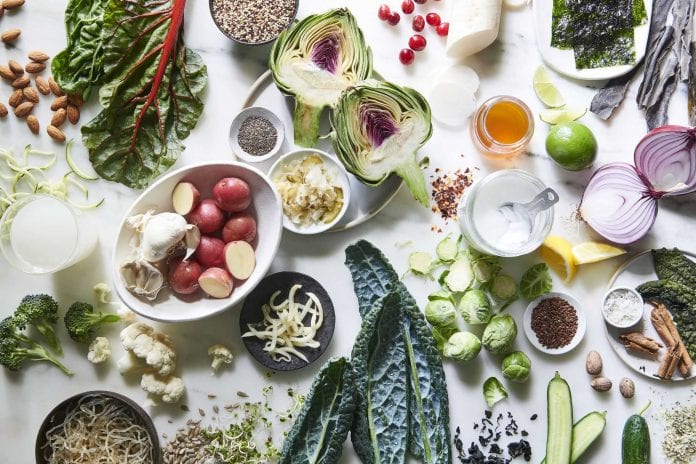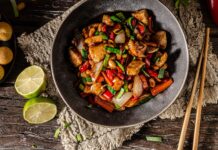One of the components of the body ecology diet (BED) is the inclusion of valuable nutrient-rich seafood or seaweed.
This article’s purpose is to restore health through the proper nutrition and balancing of all body systems. Actually, weight loss is related to this diet as well.
Dangerously low nutrient levels in the soil and our products
Our ancestors ate vegetables, fruits, and grains grown in mineral-rich and fertile soils. Unfortunately, in today’s industrial agriculture, we are forced to use depleted soils that lack important components. Compared to vegetables and grains grown on land, seaweed contains large amounts of valuable nutrients.
Basic information
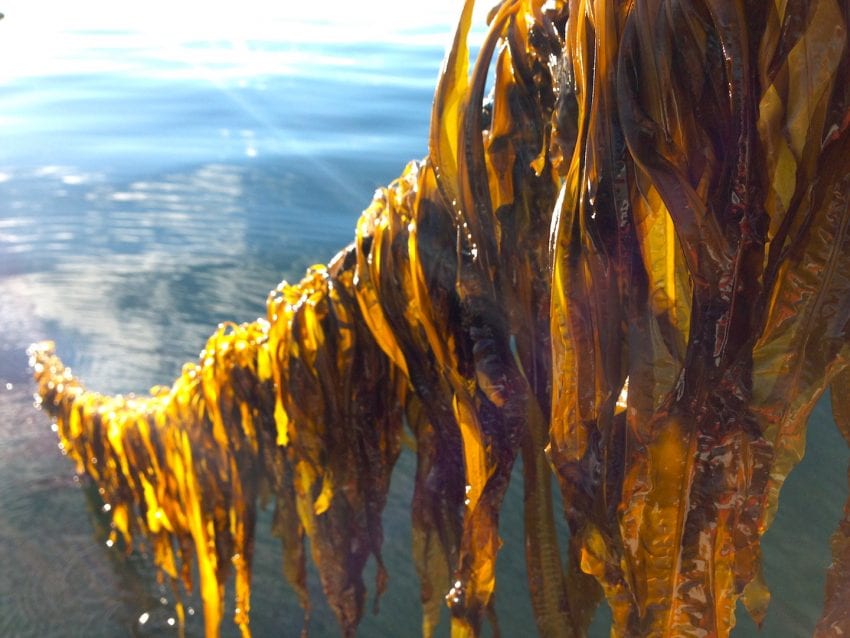
Seaweeds (sea vegetables or marine macroalgae) are, according to experts, the healthiest foods in the world. There are those that grow in fresh water, but in this case, as with fish, they are more sensitive to contaminants. Seaweeds love rocky cliffs or coral reefs. They grow at a depth of 4 feet or lower. They can grow at considerable depths, as long as sunlight penetrates the water column. Like land vegetables, they need sunlight for growth.
There is evidence that the Japanese ate sea vegetables 10,000 years ago. In ancient China, they were considered a delicacy. Although many of us are accustomed to believe that the consumption of algae is a characteristic of Asian cultures, they have been eaten by all the people living on the coast since ancient times. It is well known that there is a culture of seaweed consumption in Norway, Ireland, Scotland, Iceland, Indonesia, New Zealand, and coastal South American countries.
Nutritional value of sea vegetables
It is believed that seaweeds contain the widest range of minerals, surpassing any earthly products. They contain almost all the minerals found in the world’s oceans, and their mineral composition is close to the one of healthy human blood.
Seaweeds are an excellent source of K and B vitamins, as well as iodine. They are rich in magnesium, iron, and calcium. They also contain A, C, and E vitamin groups, along with a wide range of amino acids. They contain important, but quite rare nowadays, other products like zinc, chromium, antimony, tin, boron, bismuth.
In addition, sea veggies contain lignanes (a class of phytoestrogens that also act as antioxidants). They are believed to contribute to cancer prevention. Also, fucans, contained in them, help with inflammatory processes.
Sea vegetables and health
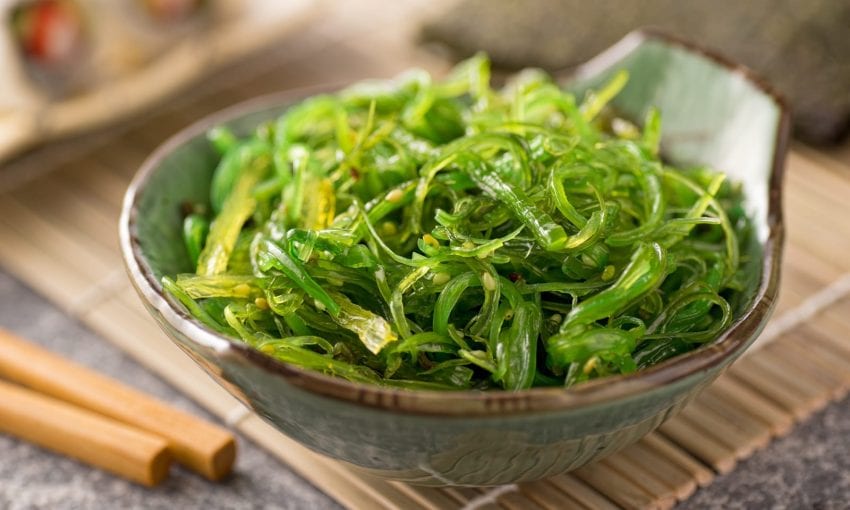
The lignane phytonutrient, contained in seaweed, slows down the blood cells growth, limiting the spread of rapidly growing tumors. Lignanes limit the spreading of cancer cells.
After menopause, fatty tissue is the main place of estrogen synthesis. And the high level of decomposition products of some estrogens is considered a risk factor for breast cancer. Lignans are believed to inhibit the synthesis of estrogen in fat cells, as are some chemotherapeutic agents.
According to MagicKitchen.com, lignanes are good sources of folic acid associated with reduced risk of intestinal cancer. They act as weak estrogens and can help mitigate the syndromes that accompany menopause.
In general, seaweeds are a good source of folic acid that can prevent some birth defects, e.g. spina bifida.
Folic acid helps to break down homocysteine which can damage blood vessel walls, thereby, increasing the risk of heart attacks and strokes.
Magnesium, present in seaweed, helps to reduce blood pressure and prevent heart attacks. It is also able to prevent migraines and reduce asthma symptoms, help restore sleep during menopause in women.
Some seaweeds contain fucoidans which facilitate inflammation.
Seaweed, kelp, in particular, is rich in iodine. The latter is critical for the thyroid hormones secretion. They regulate metabolic processes throughout the body. The thyroid gland affects the functioning of the gallbladder, liver, bile ducts, pancreas, and intestines. Therefore, the weak functioning of the thyroid gland affects the digestion and assimilation of valuable nutrients, and seaweeds can correct the condition of the thyroid gland.
Seaweeds BED role
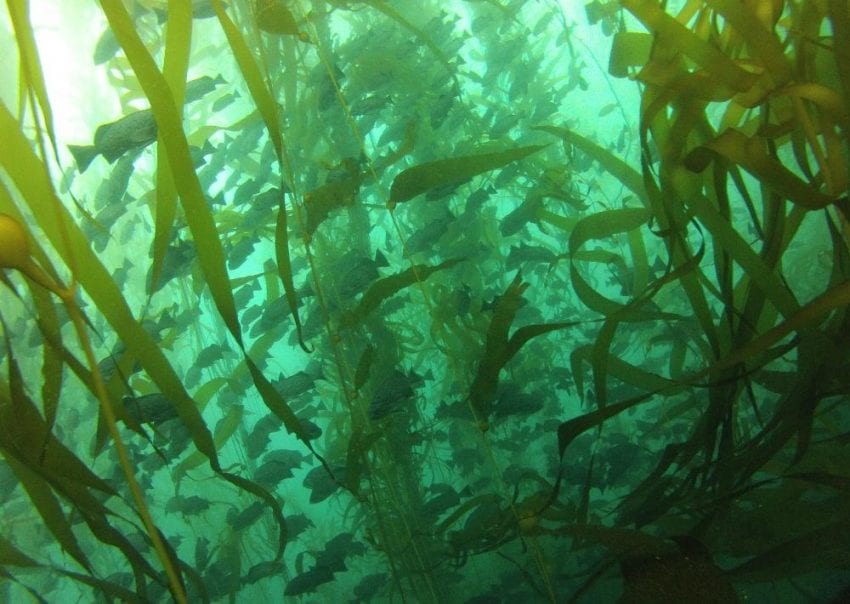
The BED recommends making sea vegetables a regular part of your diet. They are a balanced food that does not “expand” or “compress.” They are alkalizing foods which are good at balancing foods that lead to acidification of the body (e.g. meat). When our body is acidified, it is more “hospitable” for all sorts of diseases, including oncology.
Seaweed is a natural defense against potentially dangerous bacteria, viruses, and fungi.
When a person has an imbalanced internal ecology, he/she loses the ability to digest protein well, as a result of which mineral substances are also poorly absorbed. Seaweeds are the richest source of rare elements and minerals that our usual “earthly” products lack so much.
Seaweeds diet inclusion
Sea vegetables go well with grains and other starchy foods, meat proteins, and regular veggies.
Japan is the largest supplier of seaweeds. Due to their dehydrated state and lightweight, their transportation is relatively cheap. Health food stores and some large vegetable departments have a large assortment of seaweeds.
Add little seaweeds to sandwiches, salads, fried dishes, and soups. Store them in tight-fitting containers.
Popular seaweeds
Arame. Brown algae
Arame has a slightly sweet taste. Rinse it and soak for 15 minutes, then dry. Does not require cooking. Use it with oil-fried dishes, rice and vegetables, salads or vinegar and vegetable oil seasoning.
Dulse. Red algae
Red algae have a mild flavor. Great iron source. Do not require cooking, i.e. can be eaten directly from the package as a snack. Can be bought in chopped condition, flakes or powder, which can be used as salt for salads, soups, vegetables or sushi. They smell like fish if you take a deep breath, though food sprinkled with red algae does not get a fishy flavor.
Kombu
Kombu (also called “dasima” or “haidai”) has a taste similar to sodium glutamate but without its side effects. Use kombu to add salinity to your homemade side dishes, soups, grains or vegetables while cooking. No fishy flavor here as well. Kombu promotes faster cooking of legumes and contributes to their better digestion, also reduces the formation of intestinal gases.
Kombu requires a lot of water to hydrate. You can leave it soaked overnight. If you dry kombu strips in the oven at low temperature, you can get a crispy snack. Cooking time should be at least 30 minutes
Hijiki. Brown algae
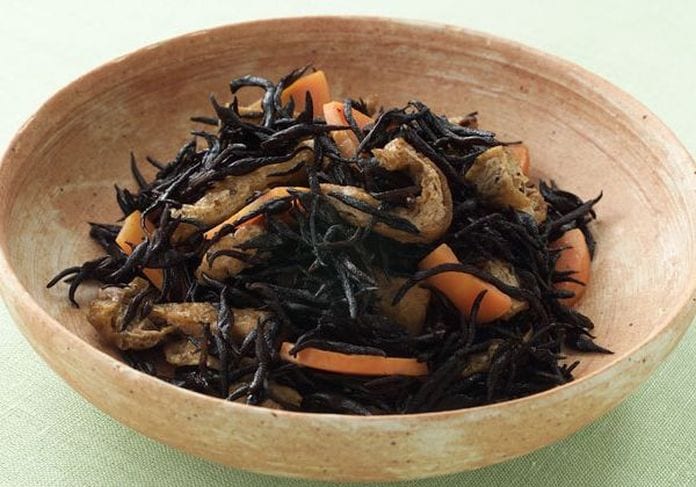
Hijiki has a soft and slightly fishy/salty taste. It has been a part of Japanese dies for centuries. Requires longer rinsing and soaking, as well as longer cooking time than other sea vegetables. Its volume increases fourfold after soaking. Simmer for 45 minutes or longer until soft.
Nori. Red algae
Nori has a slightly sweet taste, Preheat in a toaster and use it as a snack or sprinkle it over vegetables, cereals or soup. Nori is used for making rolls from grains which is recommended by the BED.
Wakame
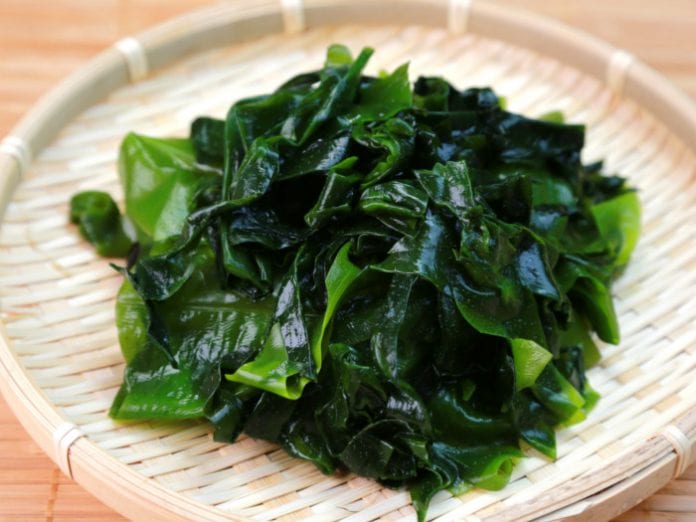
Wakame has a strong taste and texture. This edible seaweed is used to make miso soup. Chop it into small pieces and season your salads or soups with it. You can also soak and boil it for 10-15 minutes.
Agar. Red algae
Agar is a binding agent used to make puddings and jellies, has a mild laxative effect. Daily intake is a heaped tablespoon for a glass of water. Always add in cold water. Simmer for 20 to 30 minutes.
The concept of human ecology, the degree of its coherence with the outside world, is not limited to certain mineral substances and optimal nutrition. Consideration of this issue will not be complete without coordinating the information interactions of a person with the outside world, without synchronizing the body biorhythms with the latter of the Earth’s magnetic field.
